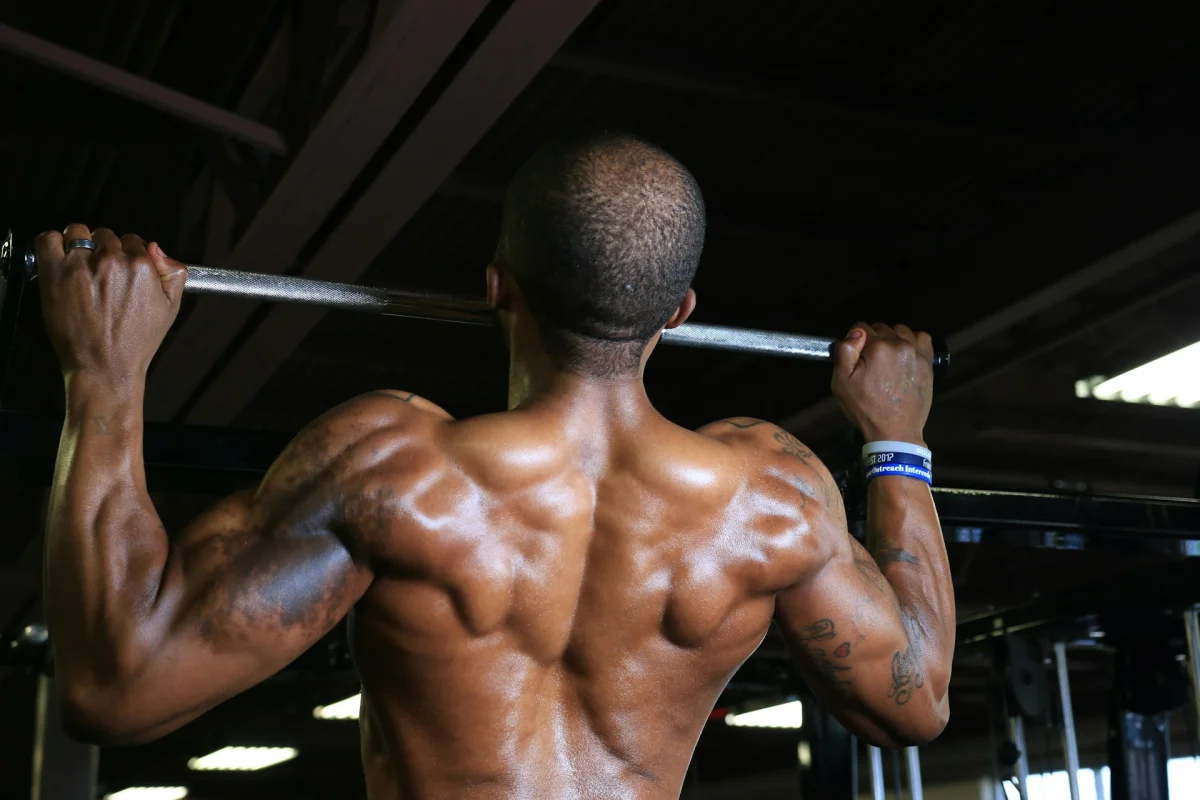 Saturday, August 2, 2025
Saturday, August 2, 2025Pull-Ups: The King of Bodyweight Exercises in Fitness and Calisthenics
When one thinks of strength, aesthetics, and control, one cannot overlook one exercise: the pull-up. No machine, no equipment — just you, a bar, and sheer muscle power. In calisthenics, it is both a foundational movement and a challenge. In the fitness world, it is often underestimated — yet it is one of the most effective upper-body moves around.
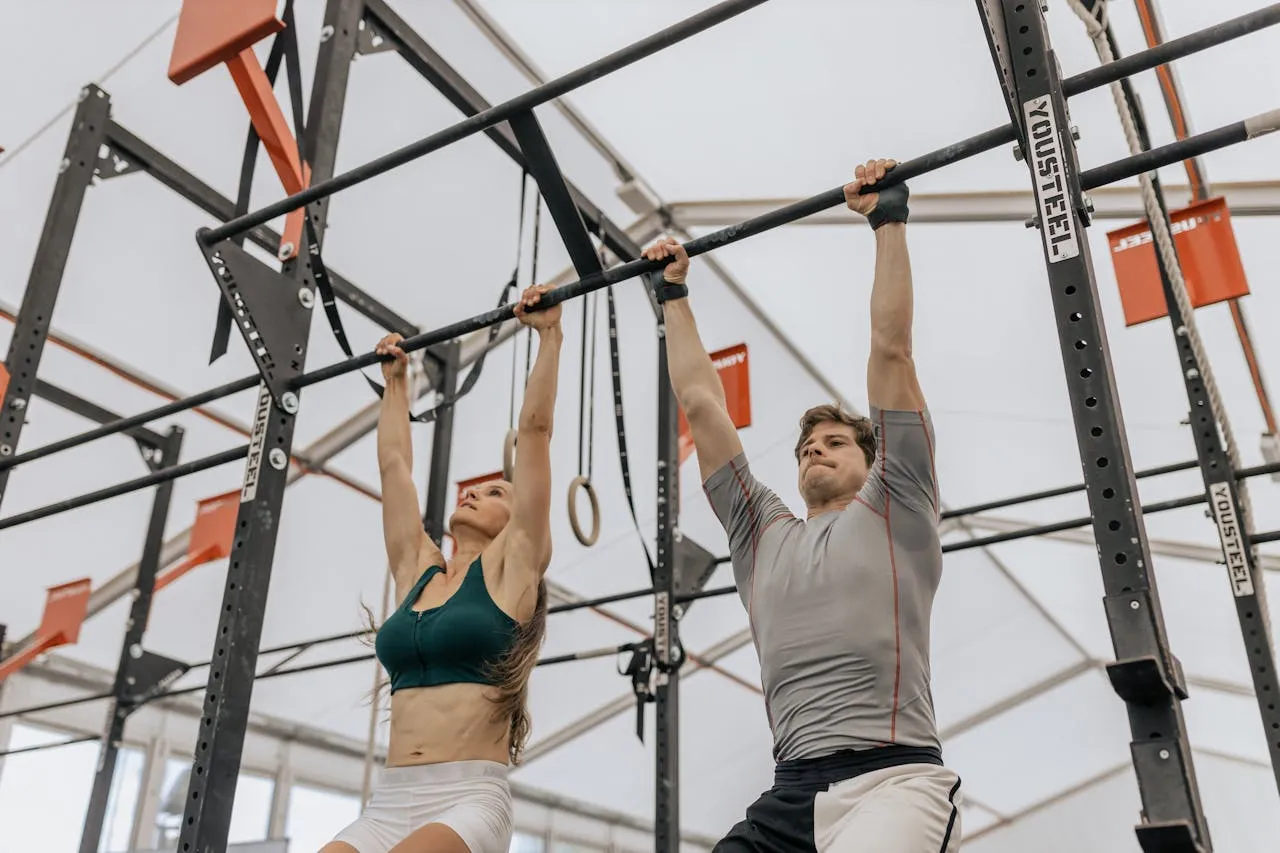
What exactly is a pull-up?
The pull-up is a pulling exercise where you lift yourself from a hanging position on a bar until your chin is above the bar. It primarily engages the upper back, shoulders, biceps, and core muscles. It differs from the chin-up by the grip:
- Pull-Up = Overhand grip (backs of the hands facing the face)
- Chin-Up = Underhand grip (palms facing the face)
In calisthenics, the pull-up is considered a basic exercise from which many other movements are derived — such as muscle-ups or front lever pulls.
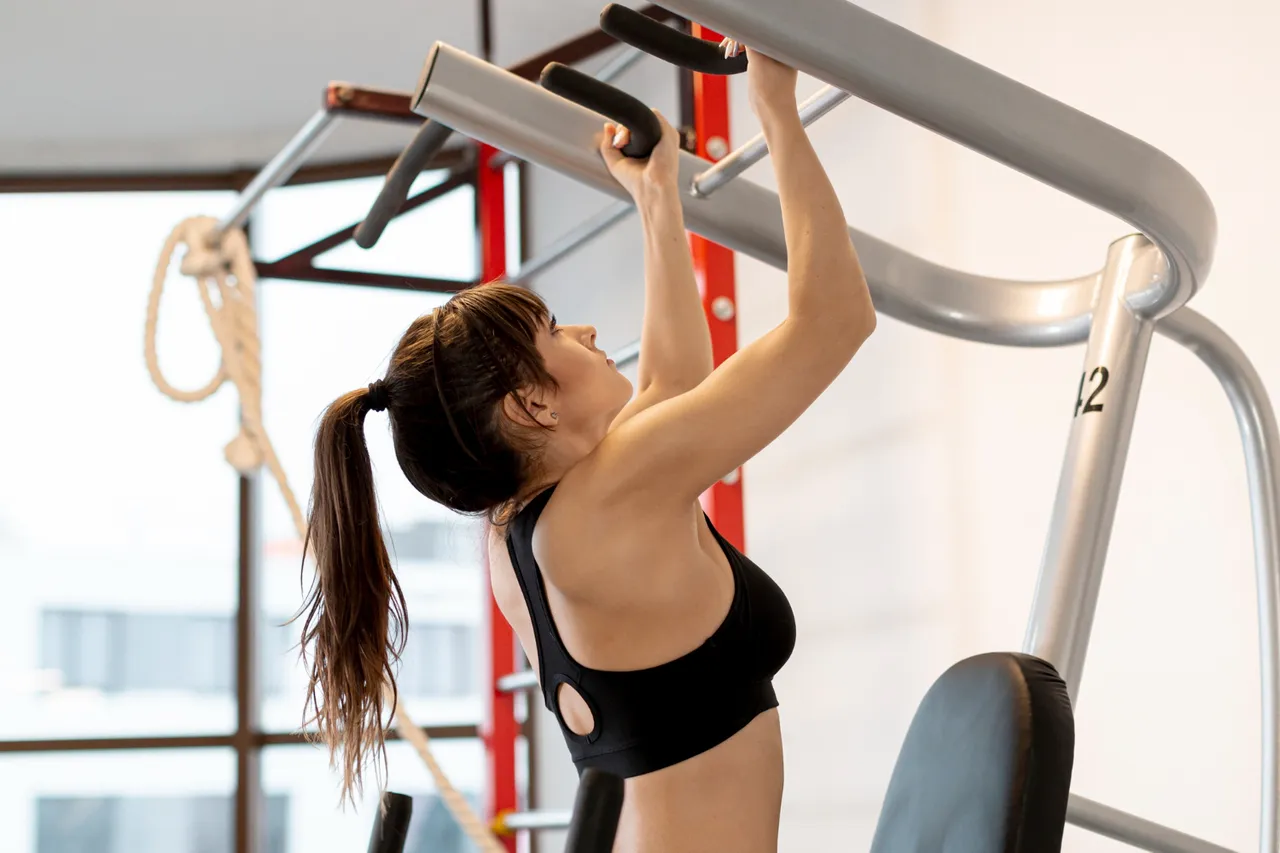
Why the pull-up is so effective
Pull-ups are more than just an exercise for broad lat wings. Here’s an overview of their benefits:
- Full body tension: Besides arms and back, the core must remain extremely stable.
- Bodyweight only: No machines, no weights — maximum functionality.
- Transfer to everyday life and sports: Every pulling movement (climbing, lifting, pulling) is improved by pull-ups.
- High progression: From the first pull-up to weighted pull-ups or explosive variants like muscle-ups, everything is possible.
- Minimal equipment needed: A pull-up bar suffices — perfect for home workouts or the park.
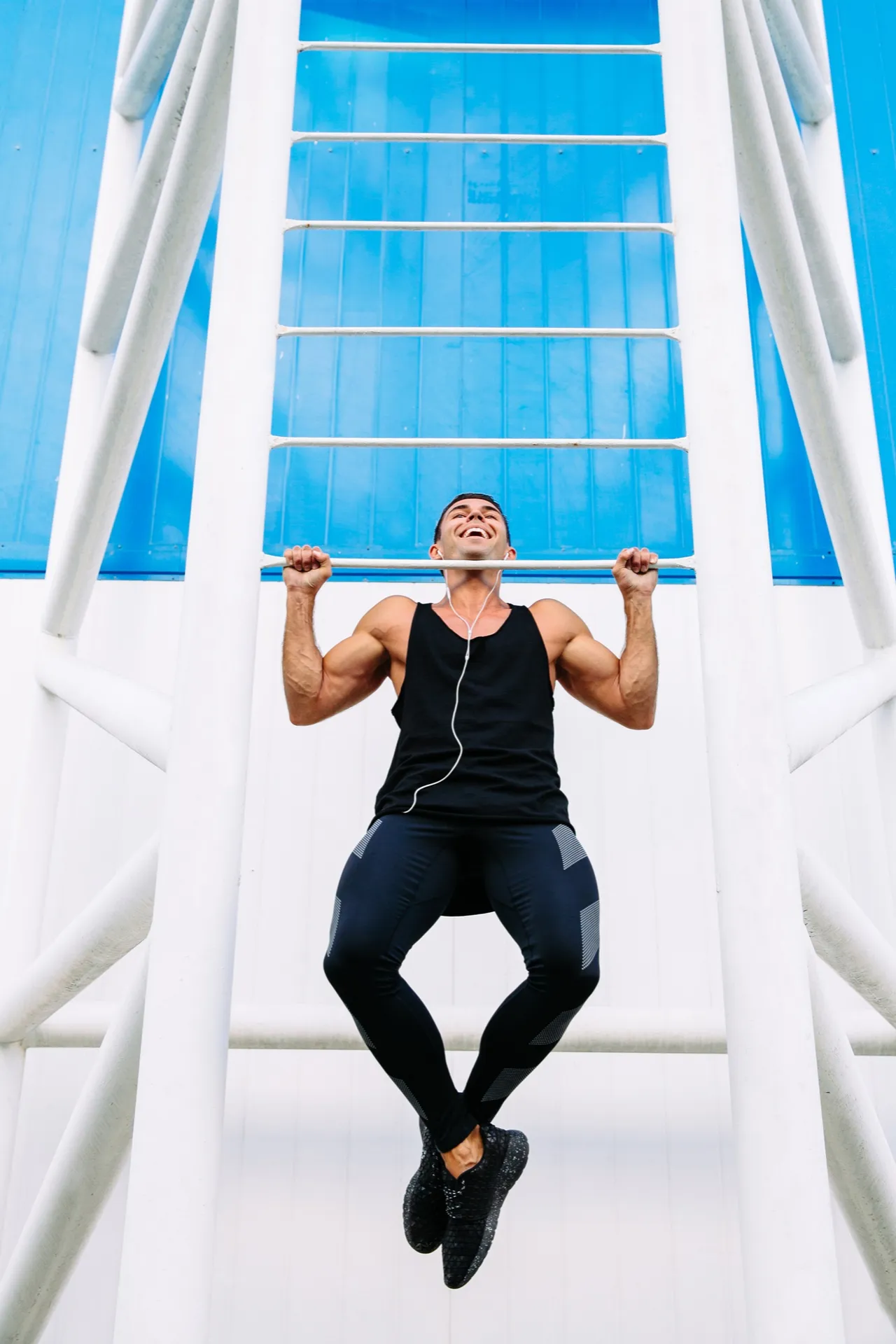
Common pull-up mistakes
Many train pull-ups but do them incorrectly. Here are the most common mistakes:
- "Shrugging" the shoulders: Shoulders should be actively pulled down and back, not up to the ears.
- Partial movements: Only going up to the forehead or not all the way down — neither muscles are properly activated nor progress visible.
- Using momentum: In kipping or swinging pulls, the exercise loses its appeal for muscle building.
- Grip too wide: Reduces the range of motion and increases the risk of injury.
Tip: Clean, slow repetitions with a full range of motion and body tension are more beneficial than 20 messy reps.
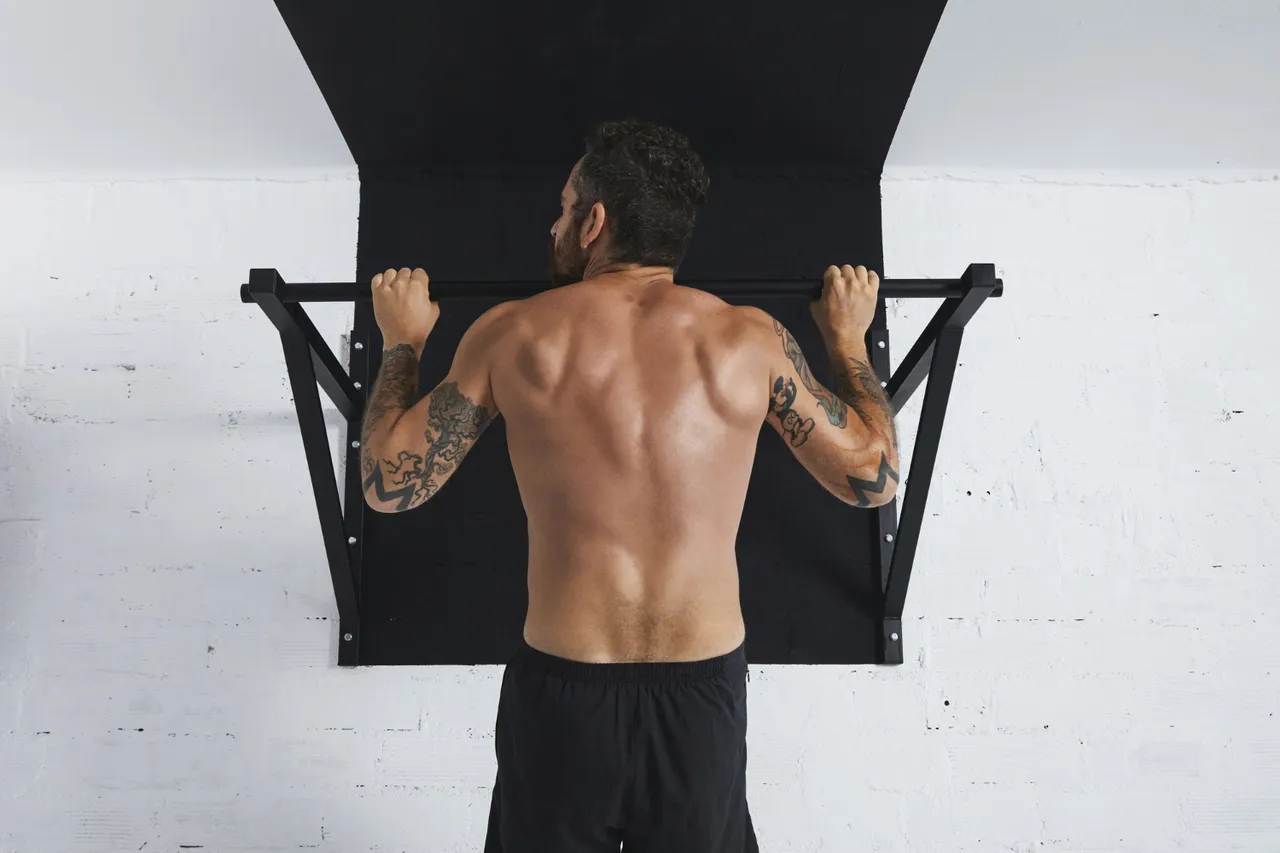
How to achieve your first pull-up
Not everyone manages a real pull-up on their first try — that's normal. With patience and targeted training, you will get there nonetheless:
1. Negative pull-ups: Jump up or climb into the top position and slowly lower yourself. This builds strength in the eccentric part.
2. Assisted pull-ups with bands: Resistance bands can help unload you and refine technique.
3. Inverted rows: The horizontal relative of the pull-up — ideal for building back muscles and body tension.
4. Isometric holds: Hold yourself in the upper position for several seconds — this enhances control and strength.
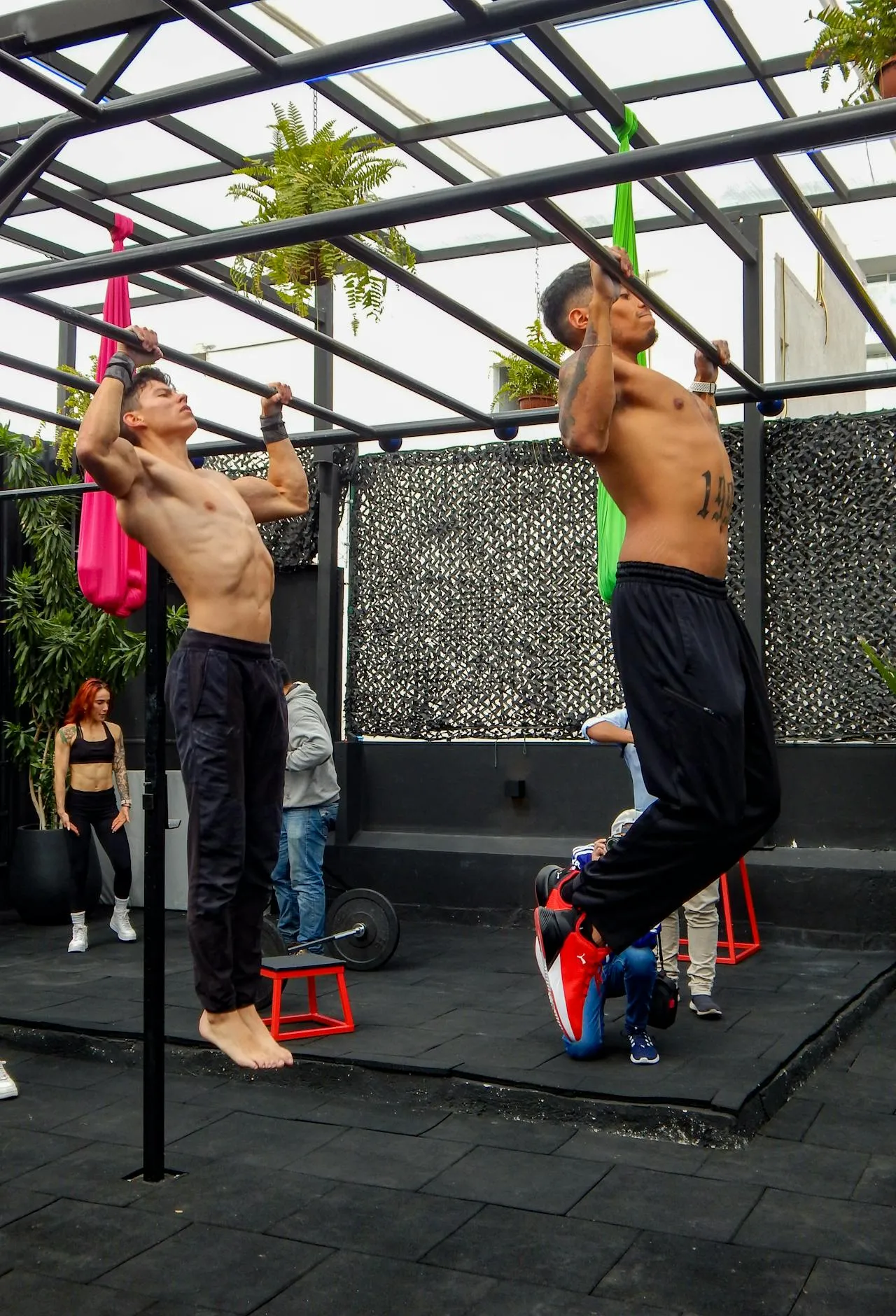
Pull-up variations for every level
Once you achieve a clean pull-up, the real game begins — here are some variations:
| Variation | Target muscles / Benefit |
|---|---|
| Chin-Ups | More bicep activation, easier than pull-ups |
| Archer Pull-Ups | Preparation for one-arm pull-ups |
| Wide-Grip Pull-Ups | Focus on the outer latissimus |
| Commando Pull-Ups | Unilateral strain and grip strength |
| Typewriter Pull-Ups | Control and time under tension |
| Weighted Pull-Ups | For maximum muscle mass |
| Muscle-Up (Calisthenics) | Explosiveness, coordination, transition movement |
Those who vary regularly activate more muscle fibers and continually improve.
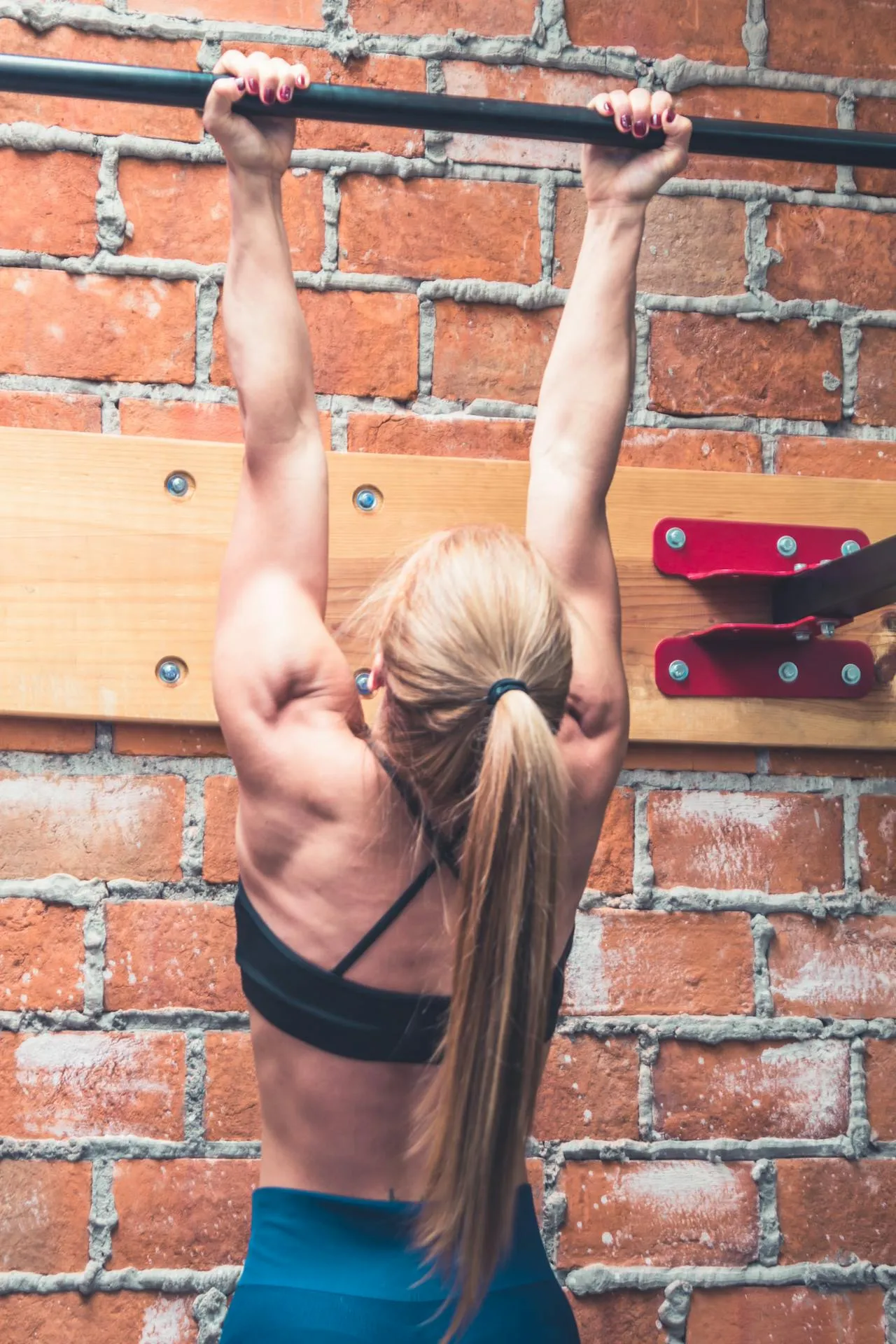
Pull-ups in the calisthenics context
In calisthenics, pull-ups are considered an absolute fundamental exercise. They are not only a prerequisite for many skills but also enhance body tension and control — two essential elements in this sport.
Furthermore, pull-ups play a role in various challenges, such as street workouts or skills like:
- Front Lever Pulls
- One Arm Pull-Up Progressions
- Explosive High Pull-Ups (for muscle-ups)
In calisthenics, it's not just about strength, but also about technique, control, and mobility.
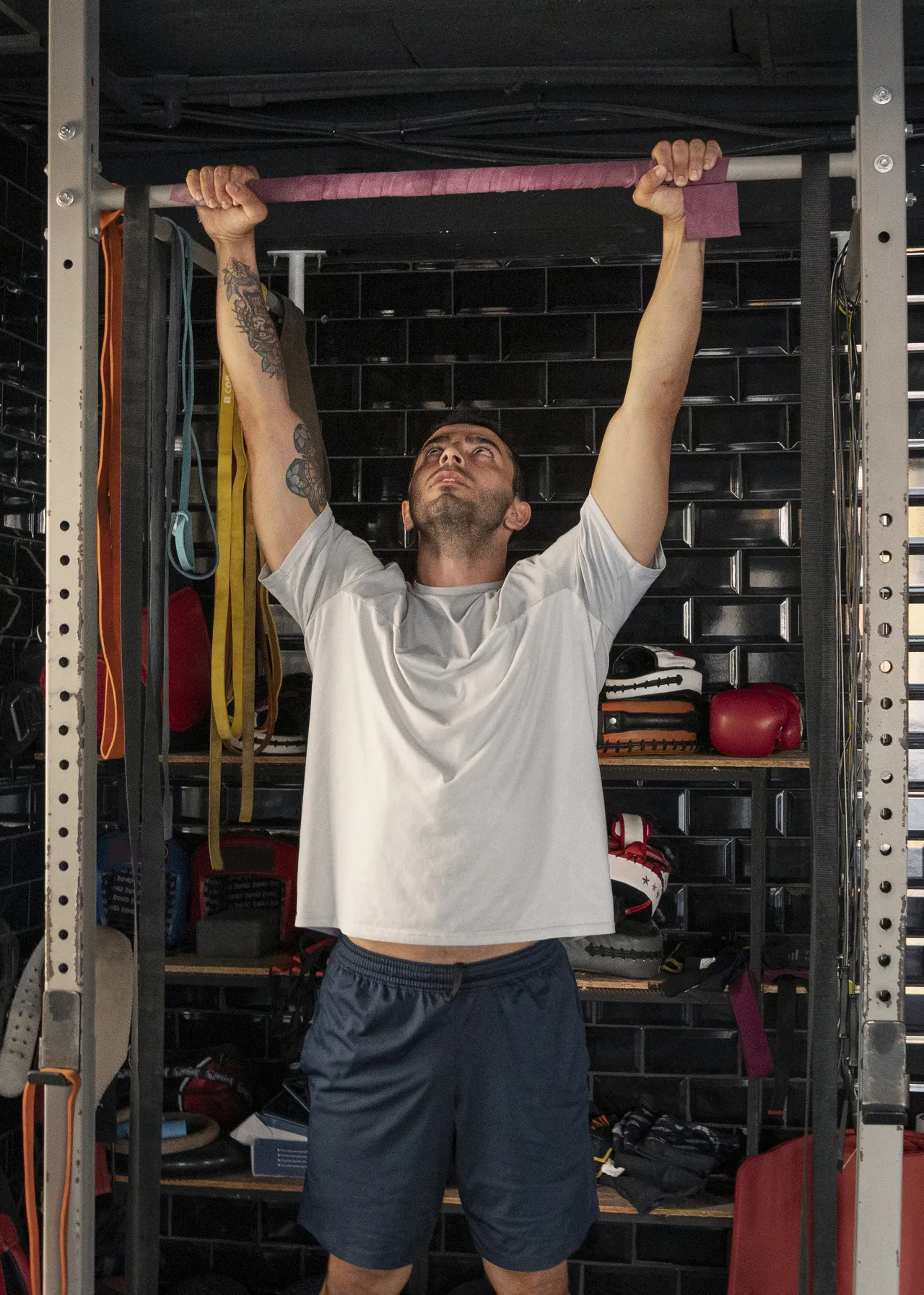
How to incorporate pull-ups into your training
A sensible pull-up plan for beginners to advanced athletes might look like this:
Beginners (Goal: first pull-up):
- 3x/week
- Negative pull-ups: 3–5 sets of 3–5 reps
- Assisted pull-ups with bands: 3 sets of 6–10 reps
- Core training (e.g., hollow body hold, planks)
Advanced (Goal: mass & strength):
- 2–3x/week
- Pull-ups: 4 sets of 6–10 reps
- Variations such as wide-grip or weighted pull-ups
- Combine with bicep and rowing exercises
Calisthenics professionals (Goal: skills & control):
- Pull-ups with isometrics or slow tempo
- Explosive variants (clap pull-ups, muscle-ups)
- Archer pull-ups & typewriter pull-ups
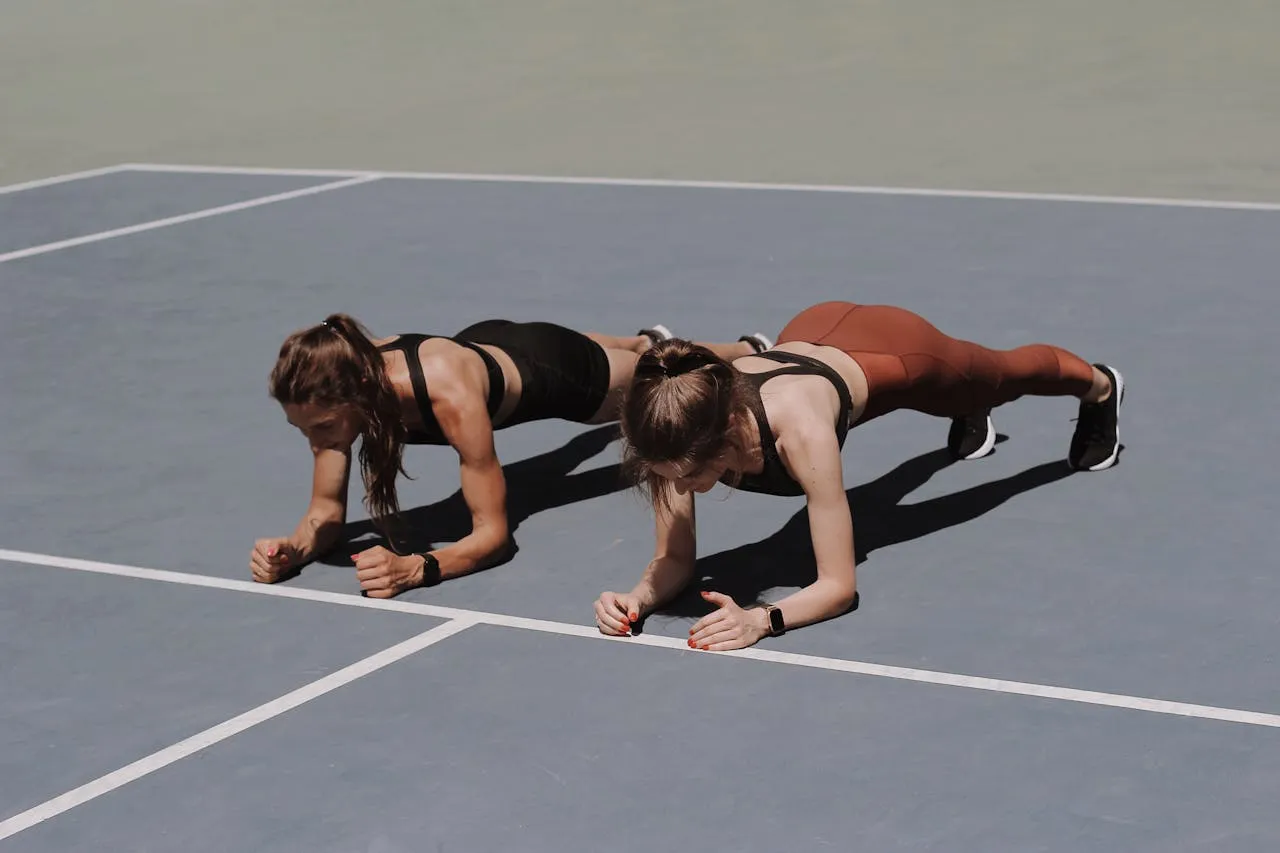
Conclusion: Why you should take pull-ups seriously
Pull-ups are more than just an exercise — they are a benchmark for functional strength, body control, and discipline. Whether in the gym, in the park, or at home: anyone who trains pull-ups regularly not only builds back muscles but also earns respect in the calisthenics community.
So: grab the bar, leave the machines behind — and exceed your limits with every clean pull-up.


